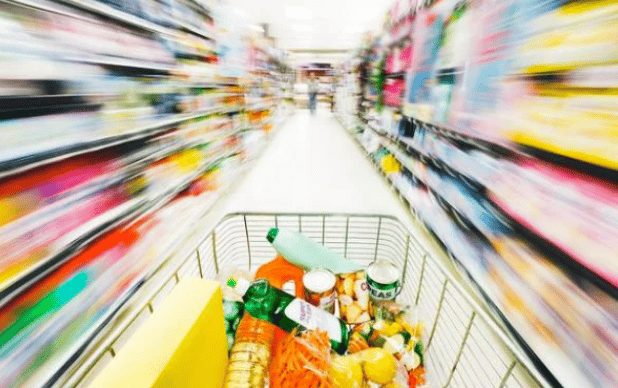Source: John Watling, Bizcommunity, 6 January 2022, photo credit: Business Tech
In 2021 consumers have adjusted to a new world of retail. As inflation began to bite and food and grocery prices continued to rise, the universal truths of retail were ever more evident.
For instance, consumers are becoming increasingly budget-conscious, with 2 in 5 consumers stating that promotions and discounts influence what they buy, and over a third look out for reduced items when shopping.
What we may see in 2022 is that the sector will resettle post-pandemic with new consumer spending.
Furthermore, today’s customers are highly conscious of what, how and where they buy – and they’re aware of the impact of their choices.
After Covid-19, consumers were increasingly driven by preferences. They don’t want just products.
They want hyper-personalised experiences and seamless interventions that fit naturally into their daily lives. But how do retailers cater to the fast-evolving needs and expectations of their customers?
Consumers have redefined their wants and needs for living, shopping and eating. Healthy eating, home cooking, and menu planning are top of mind. Over a quarter of consumers say being inspired with healthy meal solutions is essential when shopping.
Furthermore, post-pandemic consumers want to take a hybrid approach to grocery shopping. Fifty-one percent of consumers intend to do their grocery shopping in the future via a mix of in-store and online. These new ways will challenge long-held assumptions about shopping missions and value propositions. Clever use of tech can inspire in-store shopping.
Irrespective of the channel, consumers want grocers to step up. Eighty-five percent of consumers are interested in grocery retailers helping them change how they live, shop, or eat. They want retailers to help them drive the difference in their lives.
Read more
The South African Pork Producers’ Organisation (SAPPO) coordinates industry interventions and collaboratively manages risks in the value chain to enable the sustainability and profitability of pork producers in South Africa.








